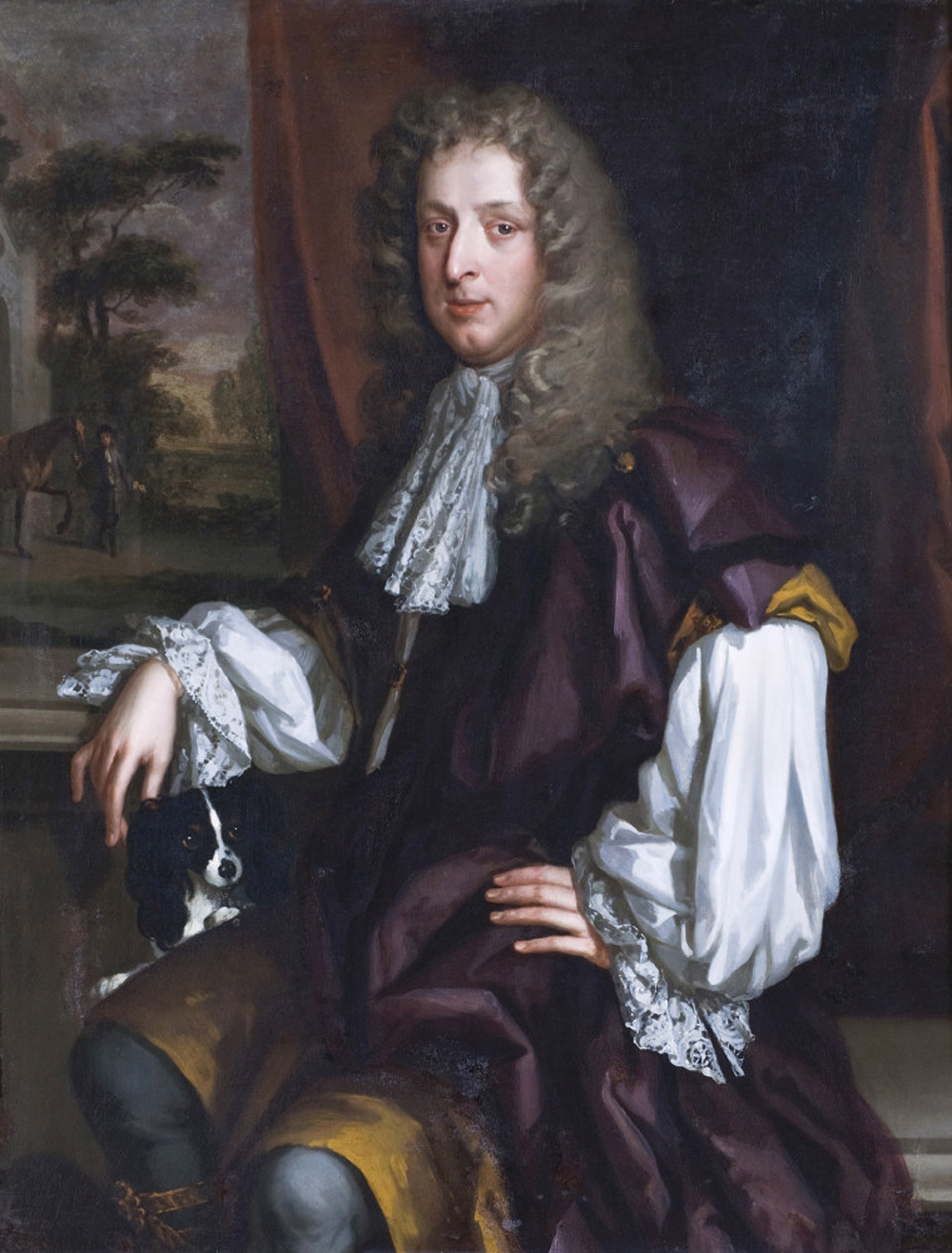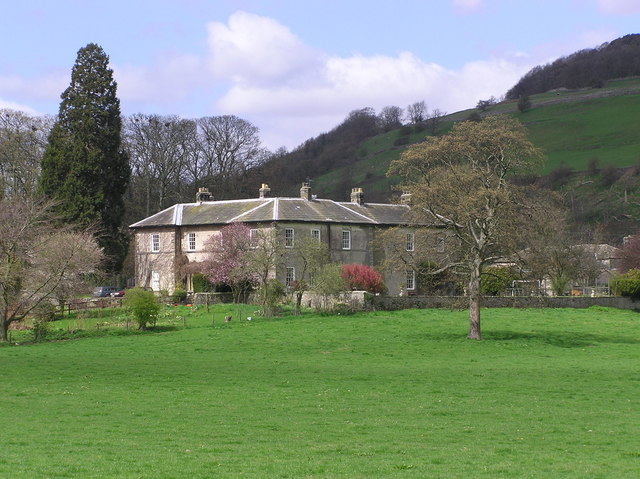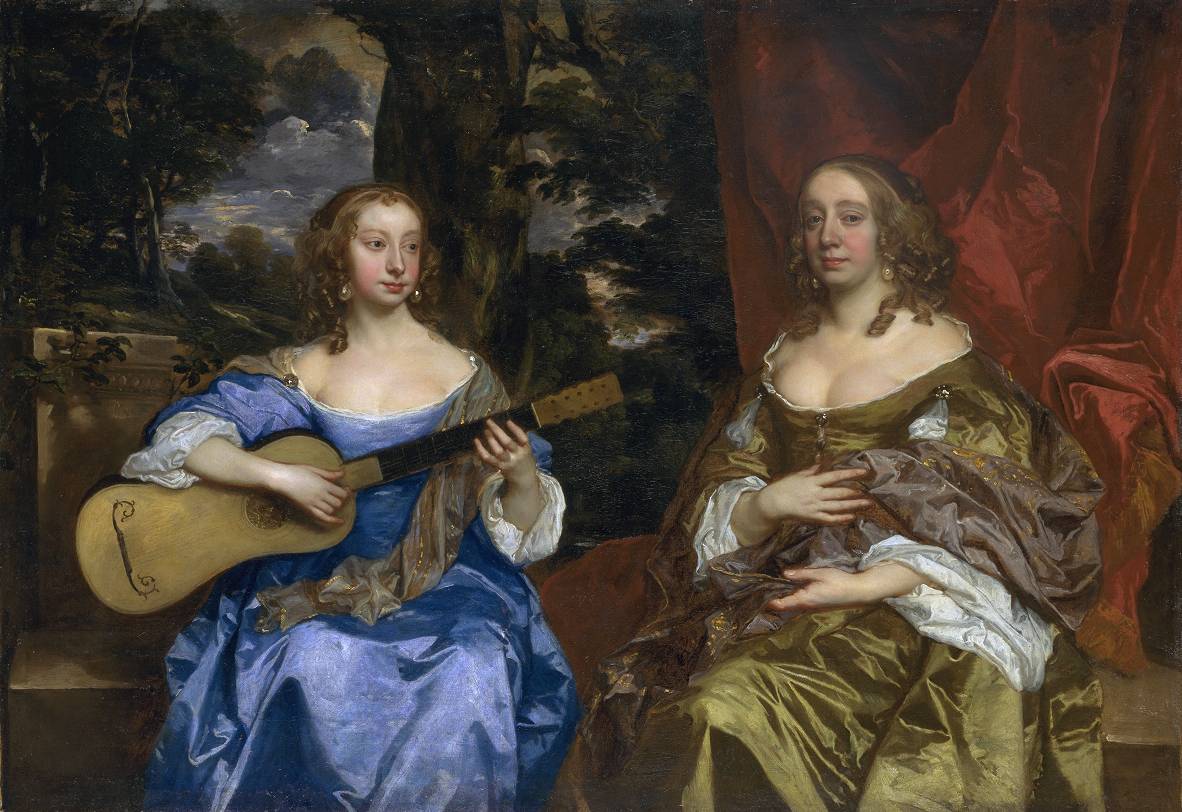|
Sir James Drax
Sir James Drax ( – 1662) was an English planter in the colonies of Barbados and Jamaica. Born in England, Drax travelled to the English colony of Barbados, acquiring ownership of several sugar plantations and a number of enslaved Africans. Drax was expelled from Barbados by Royalists due to being a Parliamentarian, though he returned in 1651 when the island was returned to Parliamentarian control. Drax returned to England where he died in 1662. He would go on to establish a dynasty of wealthy slave owning sugar planters. Early life James Drax was the son of Mary ( Lapworth) Drax (b. ) and William Drax (–1632), a gentleman of the village of Finham, in the parish of Stoneleigh, Warwickshire. In 1627 when James was 18 years old, along with Henry Powell, he arrived by ship to Barbados in what is today Holetown. In the late 1620s, James Drax became one of the earliest English migrants to the island of Barbados. He and his companions arrived and lived for a time in a cave, se ... [...More Info...] [...Related Items...] OR: [Wikipedia] [Google] [Baidu] |
Planter Class
The planter class, known alternatively in the United States as the Southern aristocracy, was a racial and socioeconomic caste of pan-American society that dominated 17th and 18th century agricultural markets. The Atlantic slave trade permitted planters access to inexpensive African slave labor for the planting and harvesting of crops such as tobacco, cotton, indigo, coffee, tea, cocoa, sugarcane, sisal, oil seeds, oil palms, hemp, rubber trees, and fruits. Planters were considered part of the American gentry. In the Southern United States, planters maintained a distinct culture, which was characterized by its similarity to the manners and customs of the British nobility and gentry. The culture had an emphasis on chivalry, gentility, and hospitality. The culture of the Southern United States, with its landed plantocracy, was distinctly different from areas north of the Mason–Dixon line and west of the Appalachian Mountains. The northern and western areas were characterized by s ... [...More Info...] [...Related Items...] OR: [Wikipedia] [Google] [Baidu] |
Slavery In The Caribbean
Slavery in the British and French Caribbean refers to slavery in the parts of the Caribbean dominated by France or the British Empire. History In the Caribbean, England colonised the islands of St. Kitts and Barbados in 1623 and 1627 respectively, and later, Jamaica in 1655. In these islands and England's other Caribbean colonies, white colonists would gradually introduce a system of slave-based labor to underpin a new economy based on cash crop production. French institution of slavery In the mid-16th century, enslaved people were trafficked from Africa to the Caribbean by European mercantilists. Originally, white European indentured servants worked alongside enslaved African people in the "New World" (the Americas). At this time, there were not widespread theories of race or racism that would cause different treatment for white indentured servants and enslaved African people. Francois Bernier, who is considered to have presented the first modern concept of race, publish ... [...More Info...] [...Related Items...] OR: [Wikipedia] [Google] [Baidu] |
Walter Pye (Royalist)
Sir Walter Pye (1610–1659) of The Mynde, Much Dewchurch, Herefordshire was an English politician who sat in the House of Commons of England, House of Commons variously between 1628 and 1640. He supported the Cavaliers, Royalist cause in the English Civil War. Biography Pye was the son of Walter Pye (lawyer), Walter Pye of The Mynde. In 1628 he was elected Member of Parliament for Brecon (UK Parliament constituency), Brecon and sat until 1629 when King Charles decided to rule without parliament for eleven years. In April 1640, Pye was elected MP for Herefordshire (UK Parliament constituency), Herefordshire in the Short Parliament. He was High Steward of Leominster. He was a supporter of the King and on this account was deprived of his office in 1648. Family Pye married Elizabeth, daughter of John Sanders, and had three children. The children remained Catholic and his son Walter maintained allegiance to the exiled Stuarts and lived on the continent where he was given the tit ... [...More Info...] [...Related Items...] OR: [Wikipedia] [Google] [Baidu] |
John Lovelace, 2nd Baron Lovelace
John Lovelace, 2nd Baron Lovelace (February 1616 – 25 November 1670) was a British peer and Royal servant. Life John was born in Hurley, Berkshire the son of Richard Lovelace, 1st Baron Lovelace and his wife, Margaret, the daughter of London merchant William Dodworth, and educated at Christ Church, Oxford. He lived at Ladye Place at Hurley which he inherited on the death of his father. Like his son the third Baron, he was a notoriously heavy drinker, and chronically in debt. He was an ardent Royalist and was committed by the Parliamentarians to the Tower of London and made to pay a heavy fine of 18,373''l''. 1''s''. 10''d''. After the restoration of the Monarchy, he was appointed Lord Lieutenant of Berkshire from 28 August 1660 to 25 November 1670. In 1670 he was made steward of the old Royal palace at Woodstock and died in the palace gatehouse on 25 September 1670. He was buried on 1 October 1670 in the old priory church in Hurley. After his death, he was succeeded by hi ... [...More Info...] [...Related Items...] OR: [Wikipedia] [Google] [Baidu] |
Anne Lovelace, 7th Baroness Wentworth
Anne Lovelace, 7th Baroness Wentworth ( Wentworth) (29 July 1623 – 7 May 1697) was an English peeress. Early life She was a daughter of Thomas Wentworth, 1st Earl of Cleveland (1591–1667) and the former Anne Crofts (died 1638). Her elder brother Thomas Wentworth was MP for Bedfordshire until he inherited the barony of Wentworth by writ of acceleration in 1640. Their father was a prominent English landowner and Royalist general during the Wars of the Three Kingdoms. After her mother's death in 1638, her father married Lucy Wentworth (a daughter of Sir John Wentworth, 1st Baronet, of Gosfield), with whom he had another daughter, Catherine (who married William Spencer, brother of Nicholas Spencer). Her paternal grandparents were the former Anne Hopton (a daughter of Sir Owen Hopton) and Henry Wentworth, 3rd Baron Wentworth, who owned an estate near Nettlestead, Suffolk and was one of the judges of Mary, Queen of Scots at Fotheringay in 1586. Peerage After her marriage, she bec ... [...More Info...] [...Related Items...] OR: [Wikipedia] [Google] [Baidu] |
John Tufton, 2nd Earl Of Thanet
John Tufton, 2nd Earl of Thanet (15 December 1608 – 7 May 1664) was an English nobleman and supporter of Charles I of England. He was the eldest son of Nicholas Tufton, 1st Earl of Thanet, and Lady Frances Cecil, granddaughter of William Cecil, 1st Baron Burghley. Career Thanet was a staunch Cavalier, taking part in the Battle of Edge Hill and in 1642 he led a regiment of 100 horse to try to raise a rebellion in Sussex, taking part in the Capture of Chichester, the Battle of Muster Green, and the Siege of Chichester in support of Sir William Brockman in Kent. However, Brockman's revolt quickly collapsed, and Thanet was forced to surrender. He suffered considerably from confiscations and sequestrations of his large estates during the English Civil War. Among his properties was Bodiam Castle, purchased from the Levett family in 1639, which Thanet sold for £6,000 in 1644. Personal life On 21 April 1629, he married Lady Margaret Sackville (1614–1676), daughter of Richard ... [...More Info...] [...Related Items...] OR: [Wikipedia] [Google] [Baidu] |
Henry Drax (born 1641)
Henry Drax (c. 1693–1755) of Ellerton Abbey, Yorkshire and Charborough, near Wareham, Dorset was a British Whig politician who sat in the House of Commons between 1718 and 1755. Drax was the eldest son of Thomas Drax (formerly Shatterden) of Pope's Common, Hertfordshire, Ellerton Abbey and Barbados and his wife Elizabeth Ernle, daughter of Edward Ernle of Etchilhampton, Wiltshire. He is also a grandson of James Drax, a wealthy planter in Barbados, who pioneered the cultivation of sugar with the use of African slave labour. Slave owner Thomas Shatterden inherited the estates of his mother's brother Colonel Henry Drax at Ellerton and in Barbados. By 1680, this Henry Drax was the owner of the largest plantation in Barbados, then in parish of St. John. A planter-merchant, Drax had a hired 'proper persons' to act in, and do all business in Bridgetown.' Shatterden changed his name to Drax in about 1692. This was a common practice among the heirs of wealthy planters in the British ... [...More Info...] [...Related Items...] OR: [Wikipedia] [Google] [Baidu] |
Canons Park
Canons Park is a public park and the name of its surrounding residential area, in the Stanmore district of the London Borough of Harrow, north west London. Canons Park was a country estate which partially survives today as a public park. St. Lawrence's Church, the parish church of Little Stanmore, and the accompanying Chandos Mausoleum are located here. Etymology and history "Canons" refers to the canons or monks of the Augustinian priory of St Bartholomew in Smithfield, London. In mediaeval times the site was a part of the endowment of the Priory of St Bartholomew's which operated St Bartholomew's Hospital in London. Following the dissolution of the monasteries the land was sold in 1543 into private hands. A large house was built there during the 16th and 17th centuries at one time owned by Thomas Lake, James I's Chancellor of the Exchequer. Canons Park is largely located on the site of the magnificent early 18th-century country house Cannons built between 1713 and 1725 ... [...More Info...] [...Related Items...] OR: [Wikipedia] [Google] [Baidu] |
Lancelot Lake
Sir Lancelot Lake (1609–1680) was an English lawyer, landowner and politician who sat in the House of Commons from 1660 to 1679. Lake was the son of Sir Thomas Lake of Canons, Little Stanmore and his wife Mary Ryder, daughter of Sir William Ryder. His father was Secretary of State under James I. He was baptised on 10 February 1609. He was admitted at Hart Hall, Oxford in 1622 and was awarded BA in 1625. He entered Lincoln's Inn in 1626 and was called to the bar in 1633. In 1649 he became an associate bencher. He succeeded to the family estates on the death of his brother Thomas in 1653. In 1656 he settled 20 acres of land at Stanmore marsh on trustees, for them to pay £15 p.a. to a schoolmaster at Stanmore. In 1660, Lake was elected Member of Parliament for Middlesex in the Convention Parliament. He was knighted at Whitehall on 6 June 1660. In 1661 he was re-elected MP for Middlesex in the Cavalier Parliament, and sat until 1679. Lake died at the age of 71 and was ... [...More Info...] [...Related Items...] OR: [Wikipedia] [Google] [Baidu] |
Oliver Cromwell
Oliver Cromwell (25 April 15993 September 1658) was an English politician and military officer who is widely regarded as one of the most important statesmen in English history. He came to prominence during the 1639 to 1651 Wars of the Three Kingdoms, first as a senior commander in the Parliamentarian army and then as a politician. A leading advocate of the execution of Charles I in January 1649, which led to the establishment of the Republican Commonwealth of England, Scotland and Ireland, he ruled as Lord Protector from December 1653 until his death in September 1658. Cromwell nevertheless remains a deeply controversial figure in both Britain and Ireland, due to his use of the military to first acquire, then retain political power, and the brutality of his 1649 Irish campaign. Educated at Sidney Sussex College, Cambridge, Cromwell was elected MP for Huntingdon in 1628, but the first 40 years of his life were undistinguished and at one point he contemplated emigration to ... [...More Info...] [...Related Items...] OR: [Wikipedia] [Google] [Baidu] |
Robert Sandford (explorer)
Robert Sandford was an English explorer of the Province of Carolina in the 17th century on behalf of the eight Lords Proprietor of the Province of Carolina. He followed Captain William Hilton in the search for sites on the Carolina coast for establishing English settlements after the charter of 1663. Both Sandford and Hilton's expeditions were based in Barbados, and Sandford was patronized by English planters in Barbados, including James Drax. Youth and early career Sandford was born in Hamburg in 1632, the son of merchant adventurer Thomas Sandford and his wife Elizabeth Kingsland. He and his brother, William, moved to Barbados as children around 1642, and Sandford stated he was ignorant of English ways in a pamphlet he wrote called Suriname Justice. His uncle was Major Nathaniel Kingsland, settler of Barbados. In 1661-1662 Robert ran afoul of Governor William Byam and was manacled, fined and exiled from Suriname without trial. Byam accused Sandford that under the cover o ... [...More Info...] [...Related Items...] OR: [Wikipedia] [Google] [Baidu] |
London
London is the capital and largest city of England and the United Kingdom, with a population of just under 9 million. It stands on the River Thames in south-east England at the head of a estuary down to the North Sea, and has been a major settlement for two millennia. The City of London, its ancient core and financial centre, was founded by the Romans as '' Londinium'' and retains its medieval boundaries.See also: Independent city § National capitals The City of Westminster, to the west of the City of London, has for centuries hosted the national government and parliament. Since the 19th century, the name "London" has also referred to the metropolis around this core, historically split between the counties of Middlesex, Essex, Surrey, Kent, and Hertfordshire, which largely comprises Greater London, governed by the Greater London Authority.The Greater London Authority consists of the Mayor of London and the London Assembly. The London Mayor is distinguished fr ... [...More Info...] [...Related Items...] OR: [Wikipedia] [Google] [Baidu] |


.jpg)
_School_-_John_Lovelace_(1616–1670)%2C_2nd_Baron_Lovelace_-_609049_-_National_Trust.jpg)




